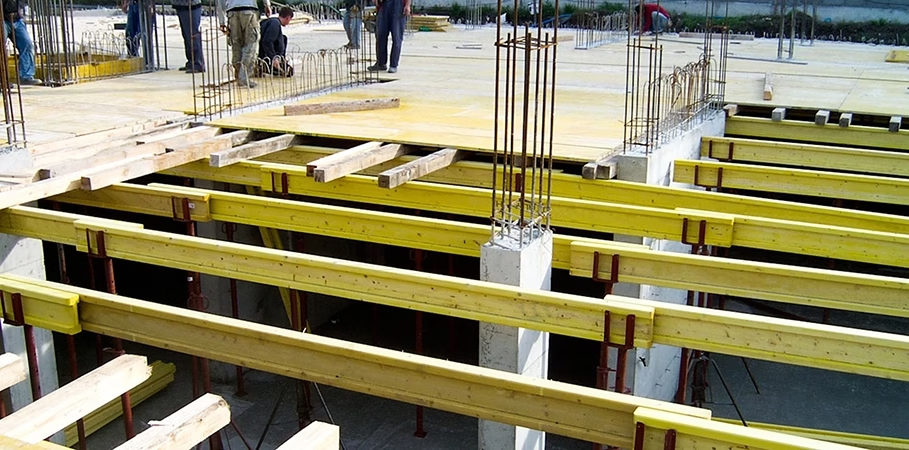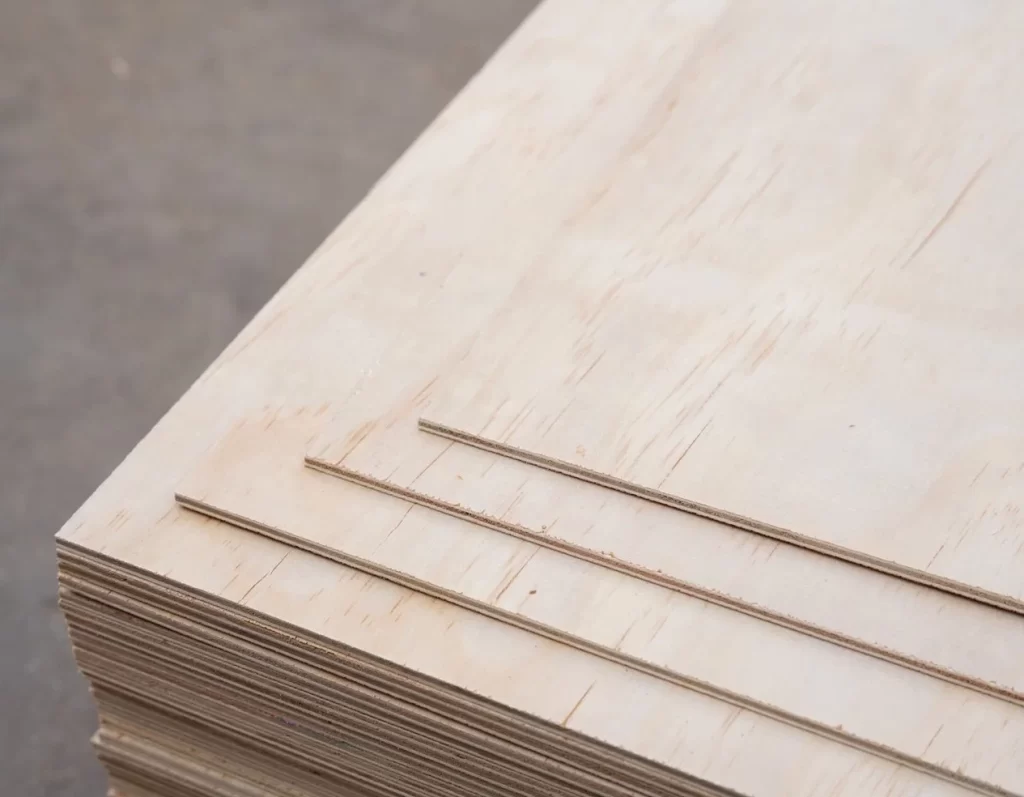Insight
The H20 Wooden Beam: The Engineered Backbone of Modern Formwork Systems
The H20 Wooden Beam is a staple in high-efficiency construction, but its role extends beyond mere structural support. In the construction industry, where speed, precision, and reusability are paramount, the H20 Wooden Beam acts as the core component of advanced concrete formwork and shoring systems. For suppliers like Unigo, offering this product means providing builders with a guarantee of safety and speed.
I. What Makes the H20 Wooden Beam Profile Essential?
The H20 design is characterized by its distinct “I” shape, featuring two parallel flanges and a central web. Unlike generic steel I-beams, the H20 profile is often specifically engineered for use in concrete slab and wall formwork.
| Component | Material (Typically) | Primary Function in Formwork |
| Flanges (Top & Bottom) | Solid Timber (e.g., Spruce, Pine) | Resist bending moments when supporting formwork panels (Plywood/Film Faced Plywood). |
| Web (Central) | Plywood or LVL (Laminated Veneer Lumber) | Resist shear forces and maintain the beam’s integrity and dimensional stability. |
The key innovation lies in the use of engineered wood for the web, which minimizes weight while maximizing rigidity and consistency—qualities traditional solid lumber beams cannot match. The “20” designation universally indicates a nominal depth of 20 centimeters, standardizing its application across different formwork systems worldwide.
II. Manufacturing for Durability and Safety
The production process of a reliable H20 Wooden Beam focuses on ensuring safety through quality materials:
- Material Selection: Only high-grade, dried, and sometimes treated timber is used for the flanges to prevent warping and moisture absorption. The web is fabricated from high-density, waterproof Plywood or LVL for exceptional shear resistance.
- Finger Jointing (Flanges): Timber flanges are often finger-jointed and glued under high pressure to achieve continuous strength and eliminate natural weaknesses found in single-piece timber.
- High-Performance Adhesive: The flanges are permanently bonded to the web using advanced, moisture-resistant adhesive (often polyurethane-based) to ensure the beam remains structurally sound under wet concrete loads.
This precise engineering guarantees dimensional stability, a critical factor for ensuring flat, plumb concrete surfaces.
III. Core Advantages for Modern Construction
While the original article highlighted general strength, this version emphasizes benefits specific to the construction site:
- Exceptional Reusability (Durability): The specialized construction and waterproof coatings (often applied to the entire beam) allow the H20 Wooden Beam to be used for dozens of cycles without significant loss of integrity, drastically reducing long-term material procurement costs.
- Reduced Site Labor (Lightweight Design): Utilizing an engineered plywood or LVL web makes the H20 beam significantly lighter than an equivalent solid timber or steel beam, enabling faster, safer handling by workers and reducing reliance on heavy machinery.
- Standardized Integration: The universal 20cm depth ensures seamless compatibility with almost all global formwork accessories, clamps, and support systems, simplifying logistics for large-scale projects.
- Weather Resistance: Unlike untreated timber, the H20 beam’s engineering protects it against construction site elements, ensuring performance is maintained in various climatic conditions.

Conclusion: A Strategic Investment in Efficiency
The H20 Wooden Beam is more than just a piece of wood or steel—it’s a precision-engineered tool designed to streamline the concrete pouring process. For construction companies, choosing a high-quality H20 Wooden Beam is a strategic investment that pays dividends in safety, speed, and overall project cost-efficiency.









